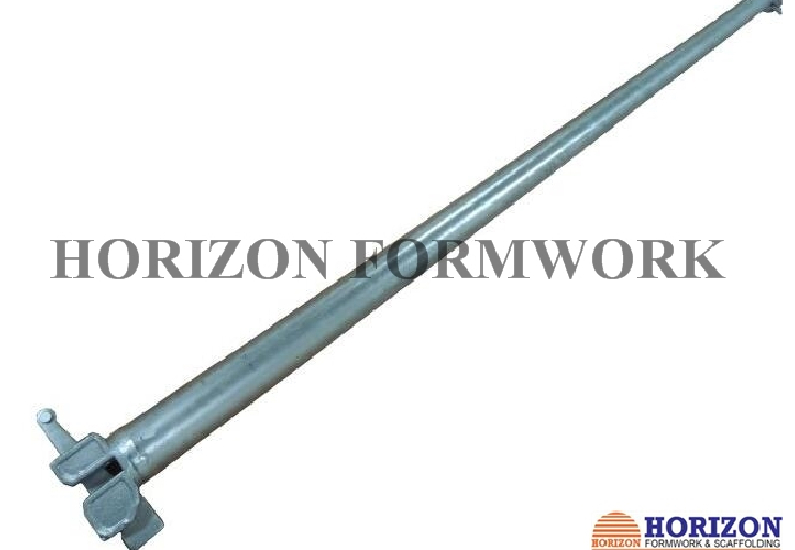Medi . 28, 2024 09:29 Back to list
Climbing Formwork Solutions for Efficient Core Wall Construction and Installation
Climbing Formwork for Core Walls A Comprehensive Overview
Climbing formwork systems have become an essential aspect of modern construction, particularly for high-rise buildings and complex structural designs. Among these systems, climbing formwork for core walls stands out due to its efficiency and versatility. Core walls are crucial elements in skyscrapers, providing structural stability and housing essential services like elevators and stairwells. This article explores the advantages, applications, and technical specifics of climbing formwork systems geared toward core wall construction.
Understanding Climbing Formwork
Climbing formwork is a system that allows formwork panels to move vertically in sync with the rising structure. This system is particularly beneficial for construction projects that involve significant vertical elements, such as core walls, which are vital for supporting tall structures. Unlike traditional formwork, which is lowered after each pour, climbing formwork remains in place, allowing for quicker vertical construction and minimizing material handling.
Key Advantages
1. Increased Efficiency One of the primary advantages of climbing formwork for core walls is enhanced efficiency. The ability to climb means that once the concrete is poured, the formwork can be repositioned quickly. This reduces downtime between pours and speeds up the construction schedule considerably.
2. Improved Quality Climbing formwork provides superior surface finish and structural consistency. The formwork is designed to fit tightly and securely around the concrete, minimizing the risk of imperfections that can occur with traditional methods. This is particularly important for core walls, which must meet stringent quality and safety standards.
3. Enhanced Safety Construction sites pose numerous risks, but climbing formwork systems enhance safety by reducing the need for scaffolding and ladders. Workers can operate at height more safely, as the system provides protected working platforms, which also minimizes the likelihood of falls or accidents.
4. Cost-Effectiveness Although the initial investment in climbing formwork might be higher than traditional systems, the long-term savings can be significant. Reduced labor costs, fewer delays, and faster project completion can lead to lower overall project expenses, making climbing formwork a financially viable option for many construction firms.
climbing formwork for core wall factory

5. Adaptability These formwork systems can easily be customized to accommodate different core wall designs and geometries. Whether the project involves a square, rectangular, or even more complex-shaped core, climbing formwork can adapt to meet these needs.
Applications in Construction
Climbing formwork is predominantly used in the construction of high-rise buildings, where core walls play a crucial role in stabilizing the structure against lateral forces, such as wind and seismic activity. Additionally, it is ideal for projects involving complex architectural designs, such as hotels, office buildings, and residential towers.
Architects and engineers appreciate the flexibility of climbing formwork, which allows them to realize their designs effectively. This system handles the unique challenges posed by various project specifications while providing a safe and efficient construction process.
Technical Specifications
Climbing formwork systems consist of various components, including formwork panels, climbing brackets, and hydraulic lifting mechanisms. Depending on the specific design requirements, these components can be customized. The formwork panels are usually made from high-quality materials, ensuring durability and the ability to withstand heavy loads during concrete pouring.
Additionally, many climbing formwork systems are equipped with automated features, including hydraulic or electric mechanisms that ensure smooth and controlled vertical movement. This automation not only improves efficiency but also enhances safety on site.
Conclusion
In summary, climbing formwork for core walls represents a significant advancement in construction technology, offering numerous benefits ranging from increased efficiency and safety to cost-effectiveness and adaptability. As the demand for taller and more complex buildings continues to rise, climbing formwork will play an increasingly vital role in shaping the skylines of the future. By adopting this innovative approach, construction companies can ensure that they remain competitive in a rapidly evolving industry while delivering high-quality structures that meet the demands of modern architecture and engineering. The future of construction undoubtedly looks promising with the continued evolution of climbing formwork systems.
-
H20 Timber Beam Enhanced with GPT-4-Turbo AI Design
NewsAug.01,2025
-
Premium Timber Beam H20 | Strong & Durable Construction
NewsJul.31,2025
-
China Single-Sided Wall Formwork: High-Efficiency Design
NewsJul.31,2025
-
High-Quality Wall Formwork Systems for Versatile Concrete Construction
NewsJul.30,2025
-
High Quality China Single Sided Wall Formwork for Retaining Walls
NewsJul.30,2025
-
China Single Sided Wall Formwork Manufacturer for Retaining Walls
NewsJul.29,2025